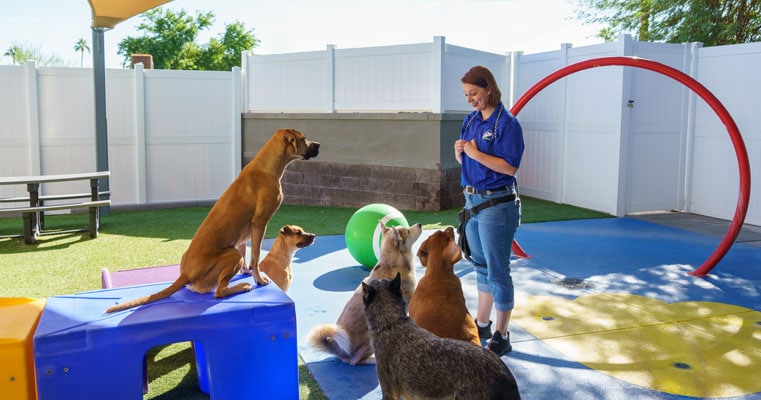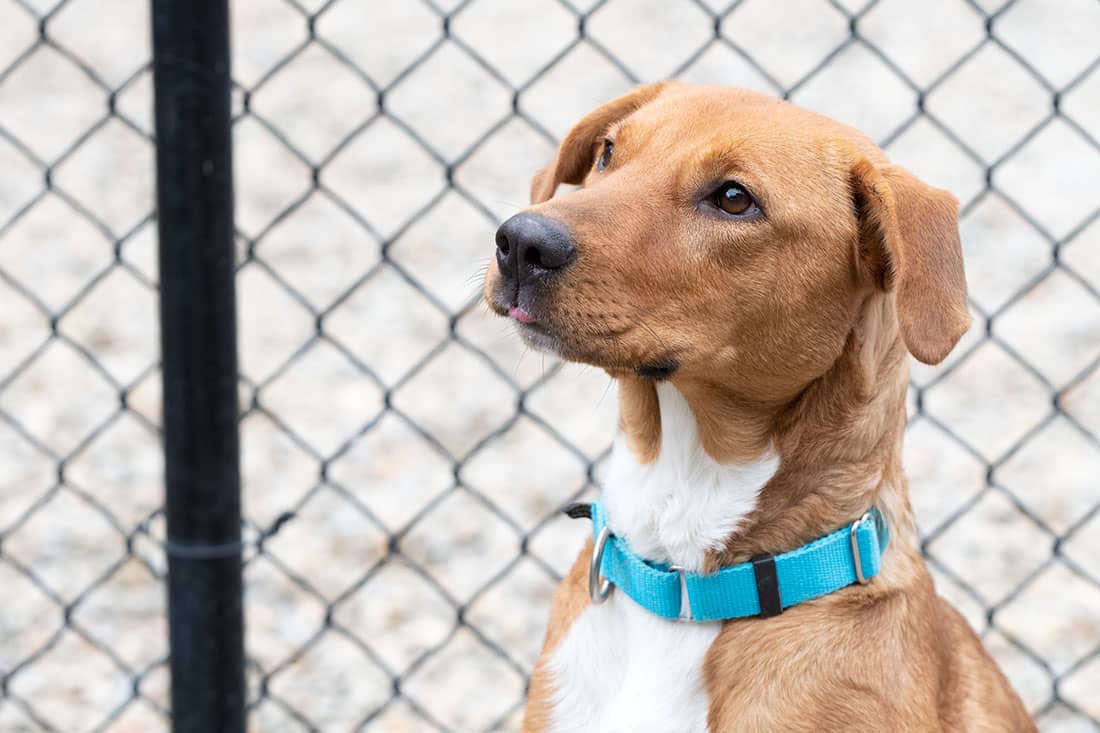The Advantages of Very Early Dog Training for a Mannerly Animal
The Advantages of Very Early Dog Training for a Mannerly Animal
Blog Article
Vital Tips for Successful Dog Training: An Overview for Pet Owners
Effective pet dog training is a complex procedure that requires a calculated approach customized to both the family pet's temperament and the owner's purposes. Recognizing how to browse these challenges can considerably improve the training experience, inevitably transforming the relationship between proprietor and dog.
Comprehending Dog Behavior
Understanding canine behavior is necessary for effective training and fostering an unified relationship between canines and their owners. Pets interact primarily through body movement, articulations, and actions, making it essential for owners to translate these signals properly. Identifying a pet's posture, tail setting, and ear orientation can give insights right into its mood. For example, a wagging tail does not constantly indicate joy; it can likewise indicate excitement or stress and anxiety.

Socializing plays a significant function in canine actions; exposure to different atmospheres, individuals, and other animals can considerably affect a dog's personality. Factors such as breed attributes and specific personality ought to assist training techniques, as some types may have certain behavioral qualities that demand customized approaches. By comprehending these aspects, proprietors can produce an encouraging atmosphere that urges favorable actions, resulting in successful training end results and a much deeper bond with their pet dogs.
Developing Constant Commands
Reliable communication with your dog starts with developing consistent commands. This fundamental component of training is vital for promoting understanding in between you and your pet. Uniformity in the commands you make use of guarantees that your dog can accurately link specific words or phrases with the preferred habits.
When picking commands, select clear, unique words that are very easy to claim and set apart from one another. Avoid using similar-sounding commands that might confuse your pet. Using "rest" and "stay" is ideal, but "rest" and "hit" could lead to misconceptions.
Additionally, maintain the very same tone and volume for each command. Pets are sensitive to vocal cues, so varying your tone can develop complication.
It is similarly crucial to guarantee that all family members are on the exact same web page concerning the commands used. A united front in command usage will avoid blended signals and enhance the discovering procedure.
Favorable Support Techniques
The power of positive support in canine training depends on its capability to urge preferred behaviors through rewards and praise. This strategy is grounded in the principle that actions complied with by desirable outcomes are most likely to be repeated. By incorporating favorable support into your training regimen, you can properly form your canine's behavior in a constructive way.
To execute positive support, it's vital to identify what motivates your pet, whether it be treats, playthings, or spoken praise. When your canine performs a preferred activity, such as resting on command, right away award them with a treat or love. This organization between the command and the positive end result reinforces their understanding.
It's crucial to timing the rewards appropriately; providing the reinforcement within secs of the wanted habits assists your pet dog make the connection (dog training). In addition, consistency is essential-- make sure that all relative make use of the same commands and benefit systems to avoid complication

Slowly, you can reduce the regularity of treats as your pet learns the actions, transitioning to applaud or recurring rewards. This technique not only promotes a solid bond in between you and your pet dog but likewise advertises a positive discovering atmosphere, making educating an enjoyable experience for both.
Socialization and Interaction
Regularly revealing your dog to a selection of atmospheres, people, and various other animals is critical for their social advancement. Socializing ought to begin early, preferably throughout the essential window of 3 to 14 weeks, when pups are most responsive to brand-new experiences. Older dogs can likewise benefit from ongoing socialization efforts.
Introduce your canine to different settings, such as parks, pet-friendly shops, and city locations. This exposure aids them adapt to various stimuli, decreasing anxiousness and fear feedbacks. Motivate favorable communications with various other pets and individuals, guaranteeing that these experiences are risk-free and controlled to foster self-confidence.
Utilize structured playdates with genteel pets, as this can enhance your pet's social abilities and show them proper habits. Obedience courses and training sessions likewise offer superb opportunities for socialization, allowing your pet to engage with others in a supervised environment.
Display your dog's body movement during interactions, as this will assist you determine their convenience degree. Slowly raise exposure to even more challenging situations while guaranteeing that each experience is favorable. A well-socialized canine is much more likely to exhibit balanced habits, making them a happiness to have in any kind of setup.
Dealing With Usual Training Obstacles
Every dog proprietor will certainly experience training obstacles at over here some point, no matter of their Learn More Here dog's age or socializing degree. Recognizing usual concerns such as stubbornness, distractions, and fearfulness can help in developing effective techniques for improvement.

Slowly introduce distractions as the pet dog becomes a lot more skilled in commands. Short, frequent training sessions are additionally reliable in maintaining focus.
Terror can hinder a pet's knowing process. Progressive desensitization to the source of anxiety, coupled with positive support, can help reduce anxiety. Persistence is vital; never require a pet dog into a circumstance that triggers distress, as this may exacerbate the concern.
Eventually, understanding and resolving these common challenges with an organized method will certainly foster a more productive training experience, enhancing the go to website bond between canine and owner while advertising reliable understanding.
Conclusion
In recap, effective pet dog training counts on an extensive understanding of canine behavior, the establishment of constant commands, and the application of positive reinforcement methods. Socialization plays an essential role in establishing well-adjusted pets, while addressing usual training challenges requires perseverance and flexibility. By executing these necessary strategies, animal proprietors can cultivate a solid bond with their dogs and advertise preferable behaviors, ultimately leading to a harmonious connection between people and their canine friends.
Understanding canine habits is crucial for effective training and cultivating an unified relationship between dogs and their proprietors.Socializing plays a significant function in canine actions; direct exposure to various atmospheres, people, and other animals can dramatically influence a pet's personality.The power of positive support in dog training exists in its ability to motivate preferred actions via benefits and praise. By including favorable support right into your training regimen, you can effectively shape your pet's behavior in a useful way.
In summary, effective pet training relies on an extensive understanding of canine habits, the facility of constant commands, and the application of favorable reinforcement methods.
Report this page